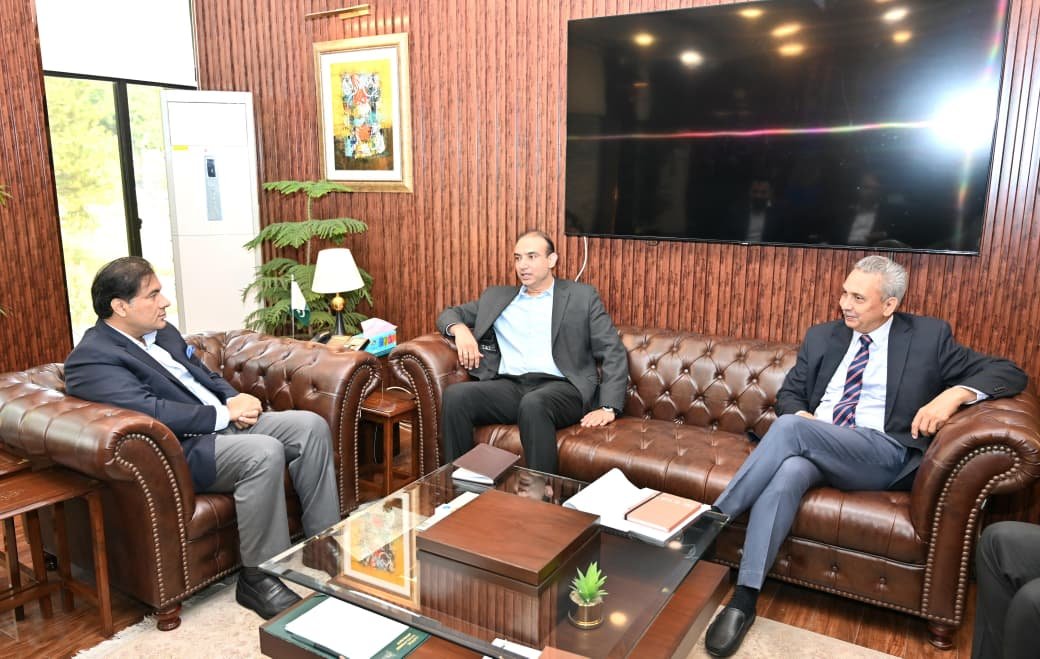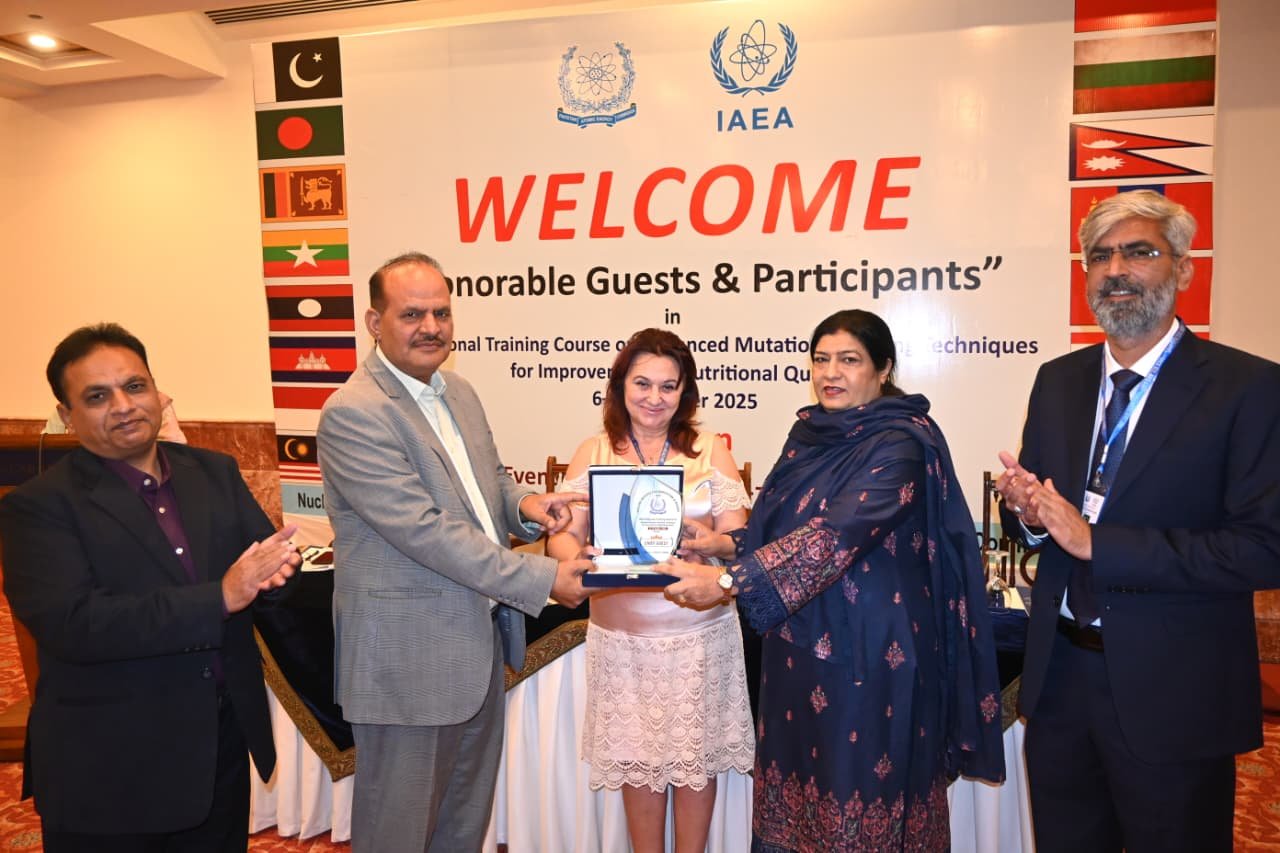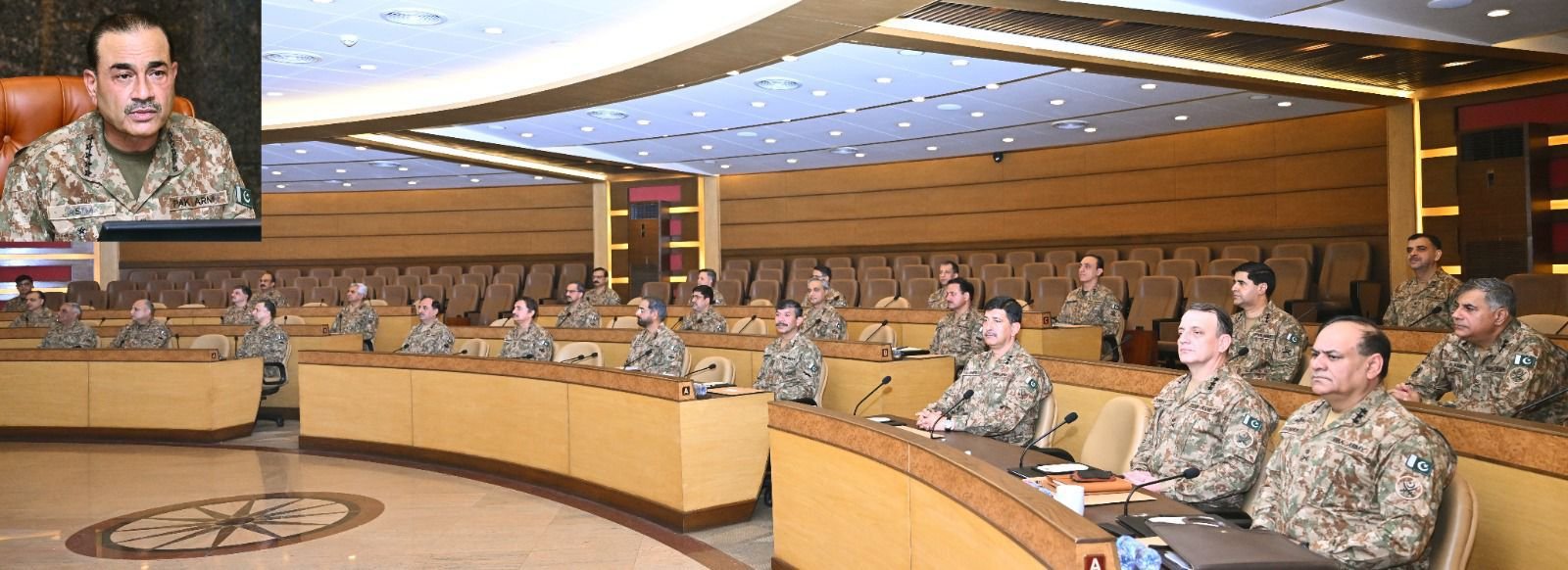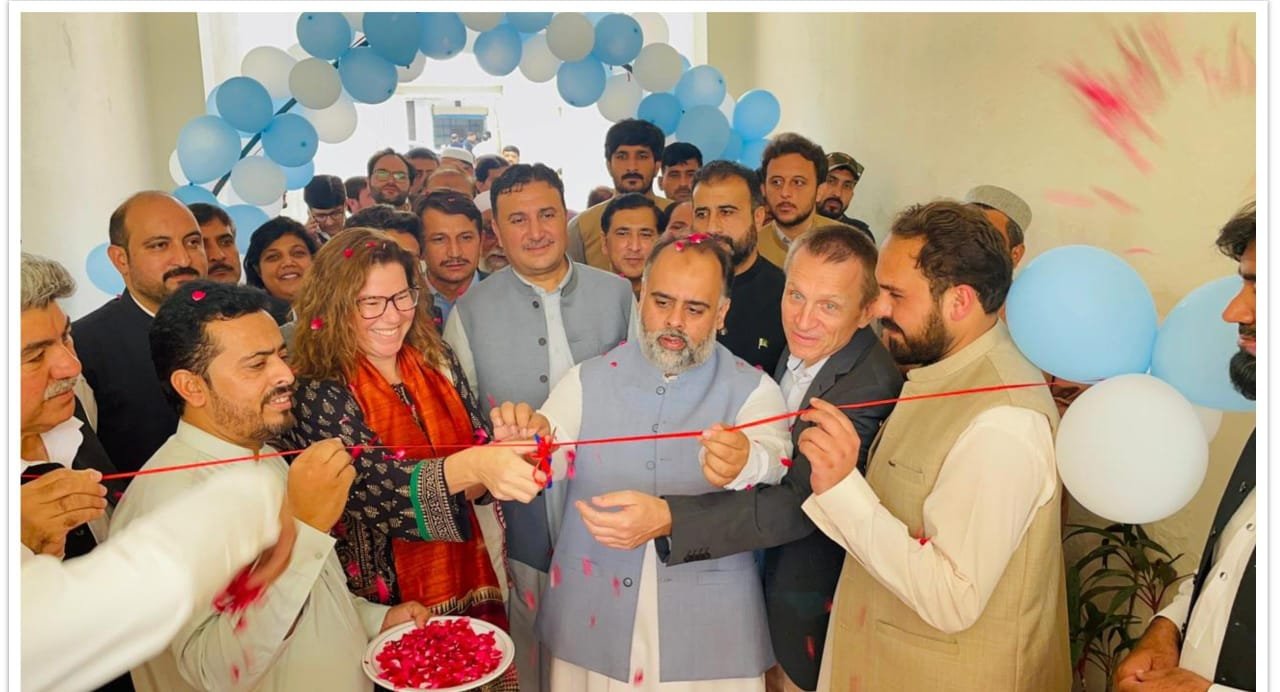By: Shayan Ali
Moving past familiar critiques to examine structural barriers and unexplored solutions
WHILE much attention focuses on Pakistan’s disappointing SDG rankings, the real story lies in understanding why systemic change remains elusive despite institutional frameworks and financial allocations. The conversation needs to shift from lamenting poor performance to dissecting the mechanics of development failure.
Pakistan has created an elaborate SDG architecture: three separate units, parliamentary resolutions, and billions in budgetary allocations. Yet this institutional multiplication may itself be part of the problem. When multiple agencies claim the same mandate, accountability becomes diffused. The Prime Minister’s Office SDG unit operates alongside the Planning Commission’s version, while Parliament maintains its own structure – creating parallel bureaucracies that often work at cross-purposes.
This institutional fragmentation extends to data collection. Different agencies generate conflicting statistics, making evidence-based policy nearly impossible. When the literacy rate shows contradictory trends across government reports, how can policymakers design effective interventions? Federal enthusiasm for SDGs encounters a different reality at provincial levels. The 18th Amendment devolved education and health to provinces, but SDG coordination mechanisms remain primarily federal constructs. Provincial governments often view SDG targets as externally imposed obligations rather than locally relevant priorities.
Consider Balochistan’s water access improvements – a genuine success story that deserves deeper examination. The 17 percent increase from 2015-2020 didn’t happen through top-down SDG planning but through practical interventions addressing immediate community needs. This suggests that effective development occurs when global frameworks align with local problem-solving rather than driving it.
The 56 percent slum population figure masks deeper urban planning failures. Pakistani cities continue expanding without corresponding investments in basic infrastructure. Unlike regional peers who’ve managed urban growth through planned development, Pakistan’s cities grow organically, creating informal settlements that lack legal recognition and basic services. Rural areas face different but equally challenging dynamics. Agricultural productivity stagnates while rural populations continue depending on farming for livelihoods. The disconnect between rural economic realities and urban-centric development policies creates internal migration pressures that urban areas cannot absorb effectively.
Internet penetration statistics – jumping from 15.5% to 32.95% – appear encouraging until compared with usage patterns. Having internet access doesn’t automatically translate into digital literacy or economic opportunity. Without complementary investments in digital skills training and relevant content creation, connectivity becomes merely consumption-oriented rather than productivity-enhancing. The focus on infrastructure over capability building reflects broader development thinking that prioritizes measurable inputs over outcome quality. Building fibre optic networks is easier to quantify than ensuring citizens can leverage digital tools for economic advancement.
Pakistan’s low carbon emissions per capita – 0.86 tons – reflect limited industrial development rather than environmental consciousness. As the economy grows, emissions will inevitably increase unless deliberate green development strategies are implemented. The challenge lies in achieving necessary economic growth while avoiding the carbon-intensive pathways followed by other developing nations. Recent flooding demonstrates how climate shocks can instantly reverse development gains. Traditional disaster response focuses on reconstruction rather than building climate resilience into development planning. This reactive approach ensures that future climate events will continue disrupting whatever progress gets made.
Declining corruption perception scores and limited access to justice create environments where development programs cannot function effectively. When citizens cannot rely on legal systems to protect property rights or ensure contract enforcement, private investment and entrepreneurship remain constrained. Child labour statistics – often overlooked in SDG discussions – reveal how economic pressures force families to sacrifice children’s education for immediate income. This creates intergenerational poverty cycles that no amount of school construction can address without accompanying economic interventions.
Bangladesh’s better performance despite similar starting conditions offers instructive lessons. Their focus on manufacturing exports and remittance-based growth created employment opportunities that reduced poverty more effectively than aid-dependent development models. Similarly, Sri Lanka’s renewable energy leadership demonstrates how resource constraints can drive innovation. The key insight isn’t that Pakistan should copy these approaches, but rather that successful development requires identifying and leveraging specific national advantages rather than following generic international frameworks.
The decline in health and education spending from 3.8% to 2.8% of GDP reflects fundamental fiscal constraints that SDG enthusiasts rarely acknowledge. Without addressing Pakistan’s limited tax base and debt service obligations, sustainable development financing remains problematic regardless of good intentions. International development finance often comes with conditions that may not align with local priorities. The result is development projects designed to satisfy external requirements rather than address internal needs effectively.
Current SDG tracking focuses on quantitative indicators that may miss qualitative dimensions of development. School enrollment numbers don’t capture learning quality. Healthcare access statistics don’t reflect treatment effectiveness. Water access percentages don’t indicate water quality or reliability. Moving beyond target-chasing requires developing measurement systems that capture development complexity more accurately. This means investing in statistical capabilities that can track nuanced progress rather than simplified metrics.
Rather than abandoning SDG frameworks entirely, Pakistan needs to adapt them to local contexts more effectively. This requires consolidating overlapping SDG structures into single, accountable units at each government level while allowing provinces to set SDG priorities based on local conditions rather than implementing federal templates. Making SDG targets relevant to local communities through participatory planning processes that connect global goals with immediate needs becomes essential, alongside developing feedback mechanisms that allow policy adjustments based on real-world implementation experiences rather than theoretical projections.
The ultimate test of Pakistan’s SDG commitment isn’t meeting specific targets by 2030, but rather using this framework to build development systems that can adapt and improve continuously. Success will be measured not by international rankings but by whether ordinary Pakistanis experience meaningful improvements in their daily lives.
The writer is an MS Governance and Public Policy Scholar and can be reached out at shayanali001@gmail.com










